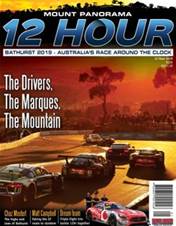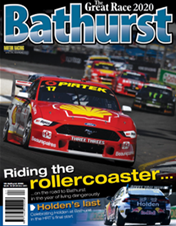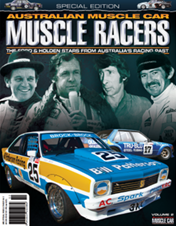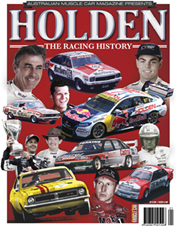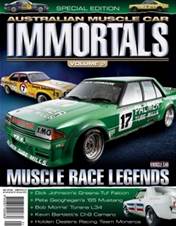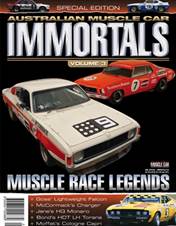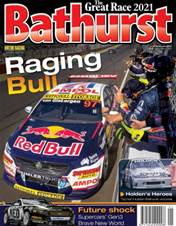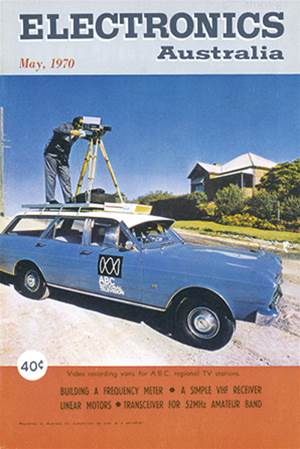
This was a complete mobile studio, designed to incorporate the latest video technology. As well as the camera platform on top, there was an editing suite and recording equipment inside, which explains why there was only room for two single seats; one for the driver and another for a technician sitting immediately behind.
The left side of the vehicle was packed with recording and editing equipment. The boot area was filled with cables on spools and two heavy-duty batteries. We assume that the news reporters had to get to the location separately!
Video was radical technology for 1970. News reports could now be filmed, edited, commentary added and made ready for transmission within an hour.
The Fairmont had to be extensively modified for the job. Apart from getting to and from location as quickly as possible, the V8 option was essential for charging the two 12-volt batteries placed in the boot (the spare tyre was relocated to the roof). Control of internal power was by a magnetic clutch mounted on the engineʼs fan pulley.
The extra batteries powered all the internal technical equipment plus the camera and microphones, which were plugged into a panel mounted in the rear bumper. Recording could be done on the move if necessary.
Disc brakes were fitted, the suspension was boosted and extra air-conditioning was added. Compared to the large, cumbersome OB trucks previously used, these were fast units on the road and veteran ʻnewsiesʼ like to talk about the high speeds achieved to get back to the station in time - sometimes with a police escort.
When this story ran in 1970, the ABC TV Fairmonts were intended mainly for regional stations (this prototype was based at Rockhampton, QLD). But the news cruiser concept proved so successful that similar mobile units are still used by television networks. Todayʼs vehicles are usually based on large 4WD trucks, nothing quite as stylish as this Fairmont V8.

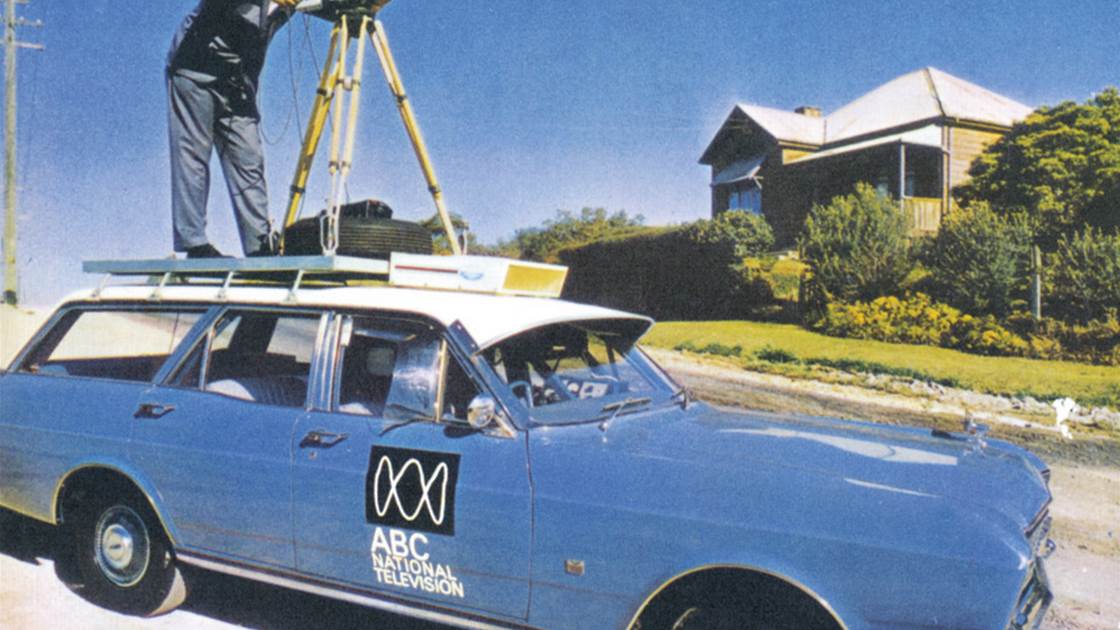


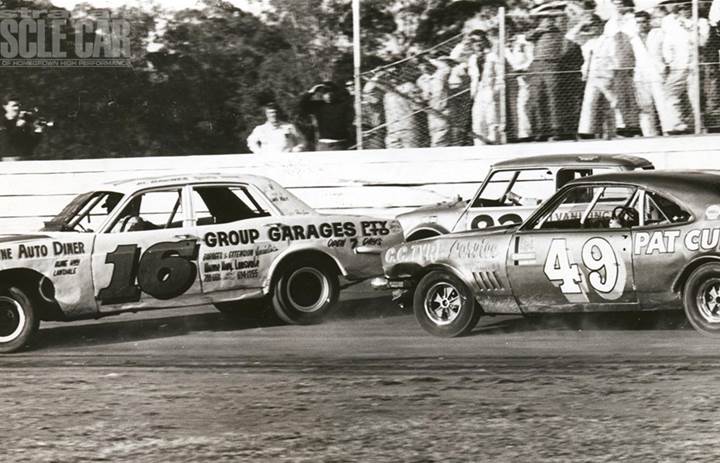
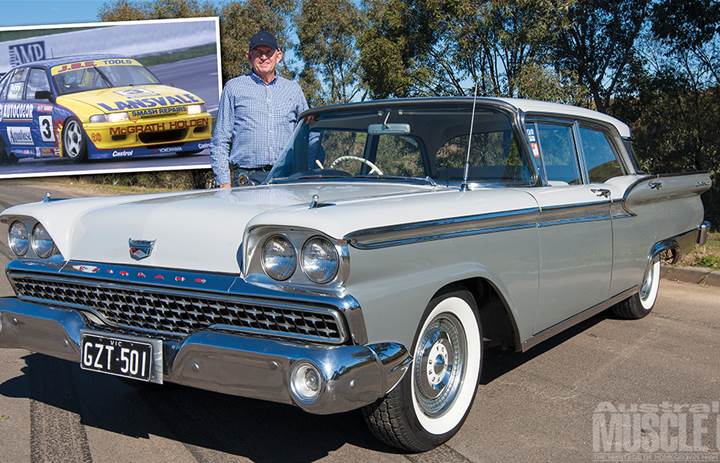
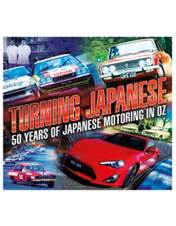

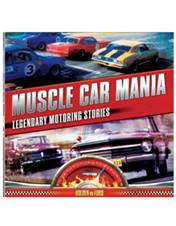
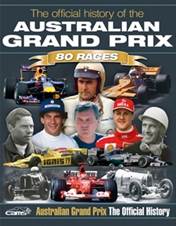
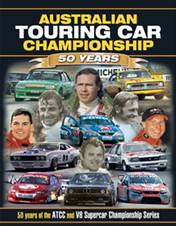
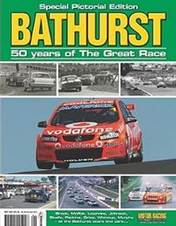
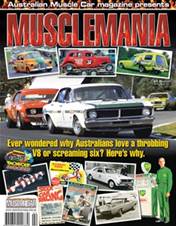
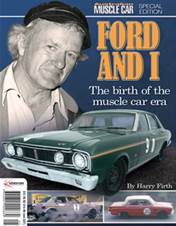
.jpg&q=70&h=226&w=176&c=1&s=1)
